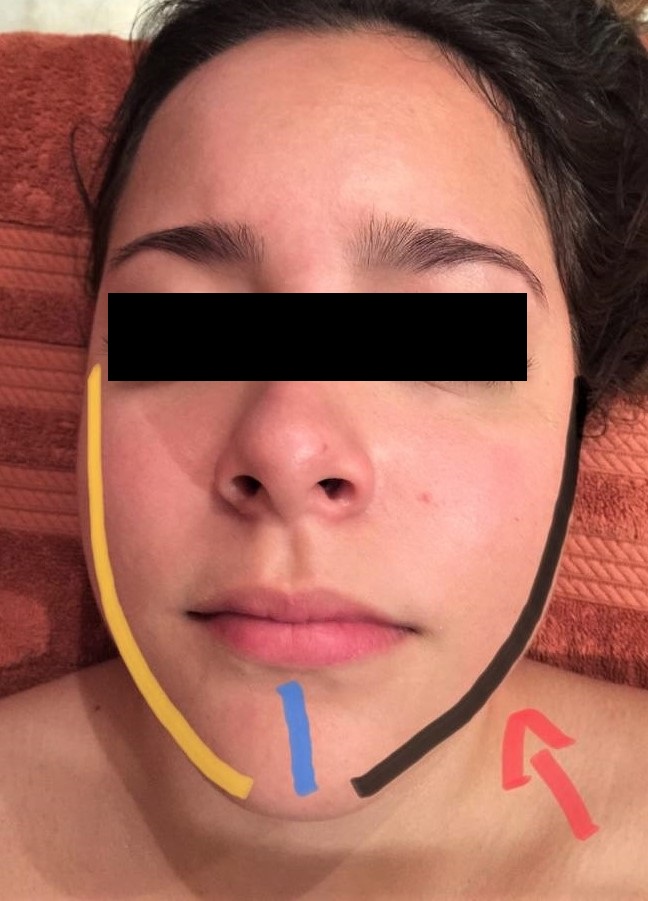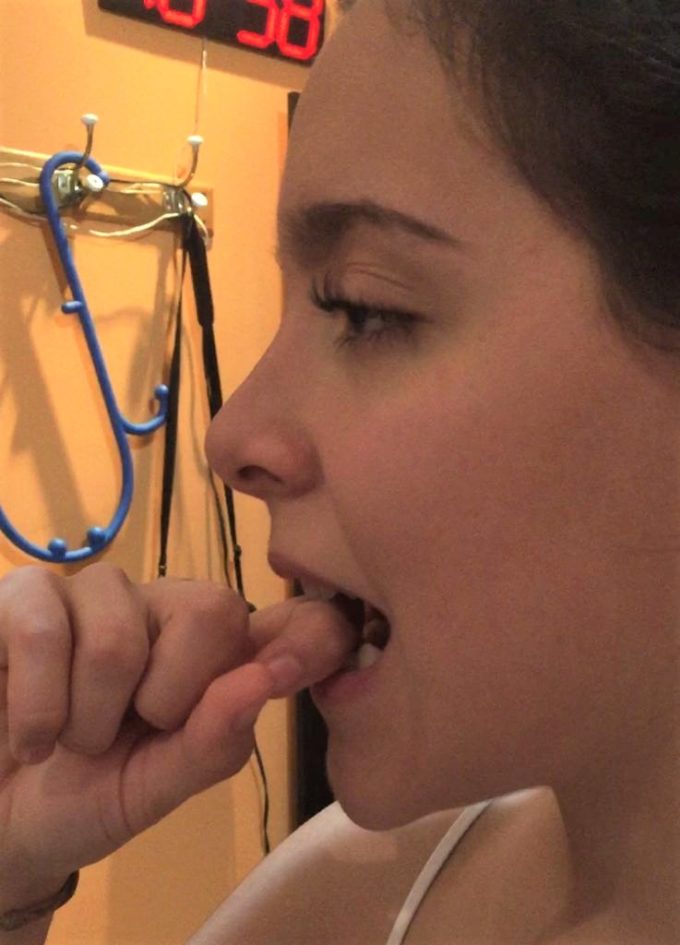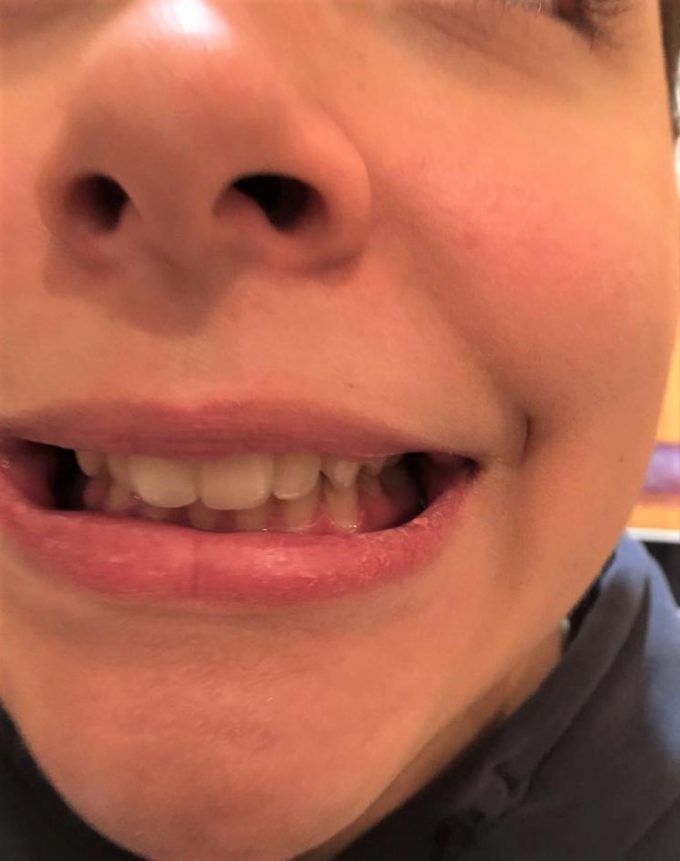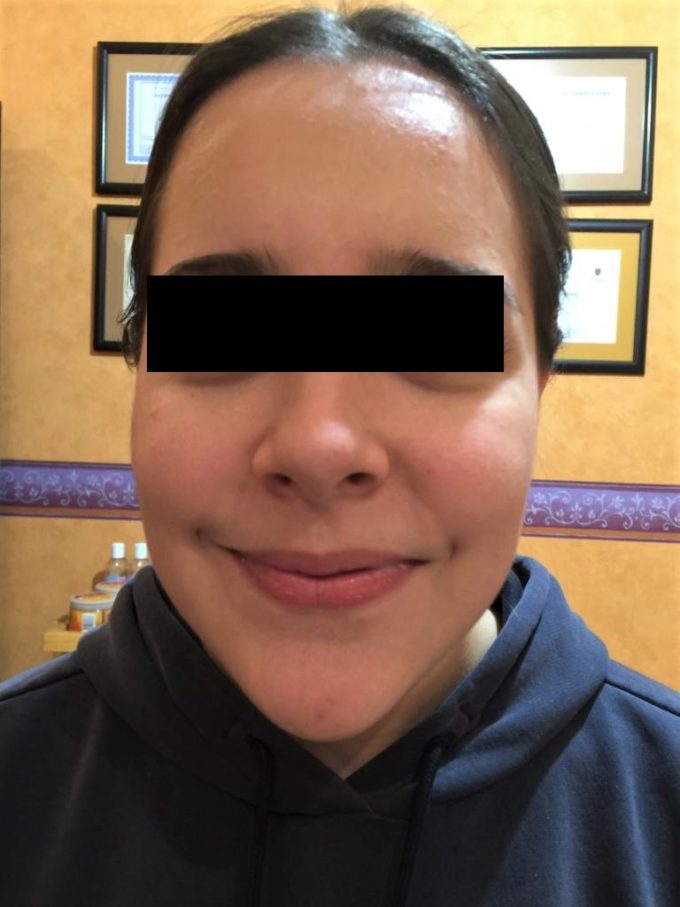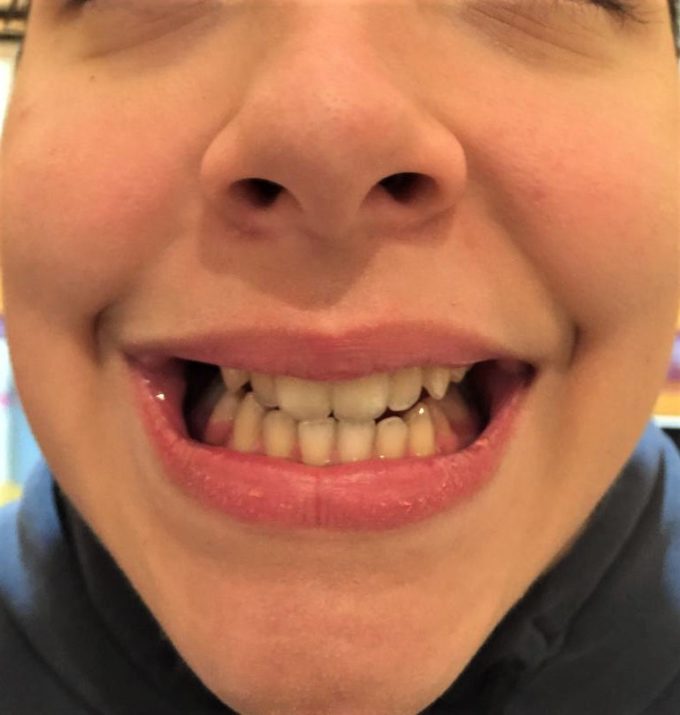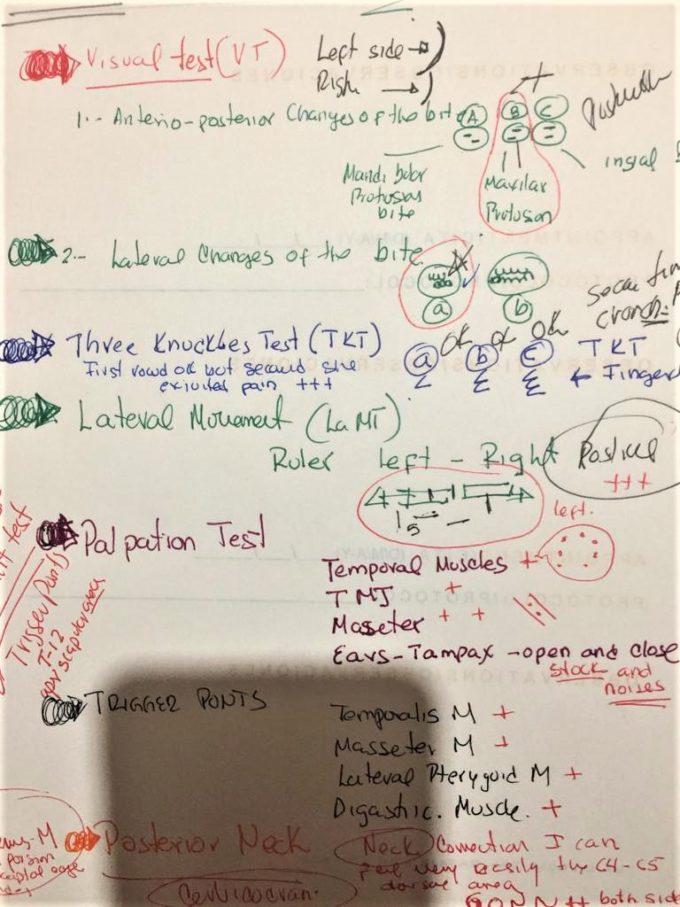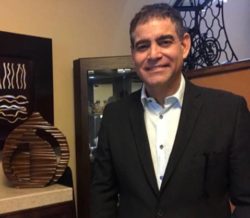Juan Luis Ordaz Sabag, DMV, MMP, CMMP
Torreon, Mexico
After we successfully helped several patients with TMJ dysfunction, the very prestigious Barocio Group of Dentists and Oral Surgeons in Torreon began to regularly refer new patients to our clinic. This recent patient had a very expressive clinical picture of TMJ Dysfunction.
One and a half years ago, a young woman (17 years old) got in a car accident, and after that, she developed left temporal pain, which got progressively worse and spread through her left side of the face. She was treated by physicians with pain medications, dentists, and physical therapists, and alternative therapies, but the clinical symptoms continued to get worse. Finally, the patient was seen by Dr. Vincente Barocio, who referred her to our clinic.
EVALUATION
Complaints
Severe pain in the left temporal area and left side of the face, which became acute with even the slightest opening of the mouth. She developed severe regular migraines. The patient consumes mostly homogenized food. Due to the pain intensity, the patient became emotionless, avoided lengthy conversations, and social interactions.
Visual Evaluation
Even visual observation indicated that the left side of her face was more swollen (dark line in Fig. 1), and a slight lip asymmetry was visible since the lower jaw was shifted to the left (pay attention to the shift of the left of the vertical blue line, which indicates the middle of the lower jaw).
Fig. 1. Face asymmetry
The patient can’t open her mouth without pain. The Three Knuckles Test revealed that she could barely fit one knuckle between her upper and lower teeth (see Fig. 2). Normal ROM means that a person should easily fit three knuckles of 2d-4th fingers compressed together.
Fig. 2. Three Knuckles Test during the evaluation
The visual examination of her bite indicated that she had a significant overbite, as shown in Fig. 3.
Fig. 3. Overbite of the upper teeth registered during the evaluation
Palpatory Evaluation
Severe tension with active trigger points is detected in the temporalis, masseter, lateral pterygoid, and digastric muscles bilaterally, but symptoms are more prominent on the left. Tension in the scalp in the temporal area. Tension was also registered in the anterior scalene muscle in the anterior neck and in the trapezius and suboccipital muscles in the posterior neck.
TREATMENT
My treatment plan using the Medical Massage Vol I textbook and the Science Of Massage Institute’s Video Library:
Session 1: I addressed the posterior neck and suboccipital space with the Cervicalgia Medical Massage protocol combined with the Chronic Headache Protocol
Session 2: I added a protocol for the Anterior Scalene Muscle
Session 3: Full TMJ engagement with Medical Massage protocol
Session 4: Same as the previous session, adding intra-oral treatment of TMJ on both sides
Session 5: Since masticatory muscles are innervated by the trigeminal nerve, and it also provides sensory innervation of the face, I added components of the Medical Massage protocol for Trigeminal Nerve Neuralgia. Also, I worked along the facial nerve.
Break
Sessions 6-8: Combined Cervicalgia and TMJ protocols
Session 9: TMJ protocol
Session 10: Final evaluation and TMJ protocol
RESULTS
1. No facial pain and no migraine. According to her parents, the patient psychologically came back to being a cheerful young person (see Fig. 4).
2. The patient’s face equalized on both sides (See Fig. 4)
Fig. 4. The patient’s face before and after the Medical Massage
3. No overbite since the position of the lower jaw was restored by Medical Massage protocol. Fig. 5 illustrates the patient’s bite before and after the course of Medical Massage
Fig. 5. The patient’s bite before and after the course of Medical Massage
4. Full opening of the mouth without any pain or restrictions. Fig. 6 illustrates the Three Knuckles Test during initial evaluation
Fig. 6. Initial results of the Three Knuckles Test
The video below illustrates the Three Knuckles Test performed by our patient at the end of the treatment. Notice that she can now fit four knuckles between her upper and lower teeth.
The patient was recommended daily exercises during the treatment (to the best of her ability) to prevent spasm and imbalance from happening again (see Videos 2 and 3), as well as passive stretching to open the mouth and laterally shift the lower jaw.
CASE LESSONS:
1. Juan Luis was presented with a very advanced case of TMJ Dysfunction, and his first step was a detailed evaluation of the patient. Fig. 7 illustrates one page from the evaluation Juan Luis conducted to develop the correct treatment strategy. He successfully put all the pieces of the puzzle together to deliver stable clinical results and eliminate 1.5 years of suffering. At SOMI, we dedicate a significant amount of time to teaching students how to accurately interpret the clues the body presents to the therapist.
Fig. 7. One of Juan Luis’ evaluation pages
2. Notice that Juan Luis didn’t even touch the area of TMJ at the beginning of the therapy. In cases of an acute clinical picture, it is a mistake to target the affected area first. In these situations, the brain triggers more expressive protective reactions, slowing the therapist’s ability to build an effective clinical response. Controlling the migraine was the first priority, and Juan Luis correctly identified that. While reading Juan Luis’s treatment plan, it was evident that he gradually built up a clinical response, allowing the patient’s CNS to fully cooperate.
3. Juan Luis correctly targeted the trigeminal and facial nerves to speed up the patient’s recovery. In this case, he engaged local and reflex mechanisms of Medical Massage at the same time, and they reinforced each other.
4. The clinical response can be built only with supportive treatment at home by the patient. Assigning homework to patients is an integral part of successful rehabilitation, and Juan Luis developed a program for the patient’s rehabilitation, which was effective.
Our congratulations on the great job!
Dr. Ross Turchaninov, Editor in Chief
We invite clinically oriented therapists seeking comprehensive training in Medical Massage to join the growing community of therapists who have graduated from SOMI’s Medical Massage Certification Program. SOMI’s comprehensive training based on science and its clinical application will open completely new directions to successful massage practice. Join SOMI: Medical Massage Courses & Certification | Science of Massage Institute
ABOUT THE AUTHOR
Juan Luis Ordaz Sabag, DMV, MMP, CMMP
I’m a Doctor in Veterinary Medicine (DVM) graduated with honors in 1987. Why am I in the field of Medical Massage after being a veterinarian for 32 years? Well, here is my story: After the birth of our second child, my wife Ruth experienced severe pain in the upper and lower back. I researched everything, and that brought me to the massage field for pain relief. I examined all the different techniques and approaches, I bought books on reflexology, traditional massage, acupressure, traditional Chinese massage techniques, pediatric Chinese Massage, etc. I used what I learned with moderate success until one day in 2009, when I continued to search for something better. I stumbled upon the Science of Massage Institute webpage, which offered three textbooks: Medical Massage (Volumes I and II) and Therapeutic Massage: A Scientific Approach. I ordered them immediately since they used only science-backed information.
While waiting for the textbooks, I researched the author, Dr. Ross Turchaninov, I clicked on the Anterior Scalene Muscle Protocol from the Video Library, and I was greatly impressed by its presentation and the very easy way to learn the recommended techniques and approaches. Instantly, I realized that this was information I had been seeking for several years! After I received the textbooks, I studied the protocols using the books and the Video Library. I applied the different protocols to my wife and was amazed at how quickly Ruth improved after I used the Levator Scapulae Muscle Syndrome and Upper and Low Back protocols.
After I helped my wife, word spread, and many of my friends started to see me for treatment, and after I helped them, they recommended me to their friends. At this point, I realized that being a Medical Massage practitioner allowed me to help people and generate additional income for my family. The more I practiced, the more people with various pain syndromes came to me. For many of them, I was their last hope. Many of the pain syndromes I observed in my patients matched exactly with what I read in the textbooks and saw in the Video Library. I have been using Medical Massage protocols and recommended techniques for eight years with incredible success.
In December 2017, my wife and I agreed it was time to retire from veterinary and pursue my dream of having a clinic that would care for patients suffering from musculoskeletal abnormalities. After understanding the Certification process, I started SOMI classes in June 2018. I never realized that the first seminar would be the beginning of a new career in my professional life. We have now opened a beautiful clinic where I practice Medical Massage and help patients, and successfully collaborate with the local medical community. SOMI changed my and our patients’ lives!
Thank you to my beautiful wife and my two boys, Juan Sebastian and Jeroni, for your support, and to all the patients who have encouraged me to continue this new path in my life.
Category: Blog

